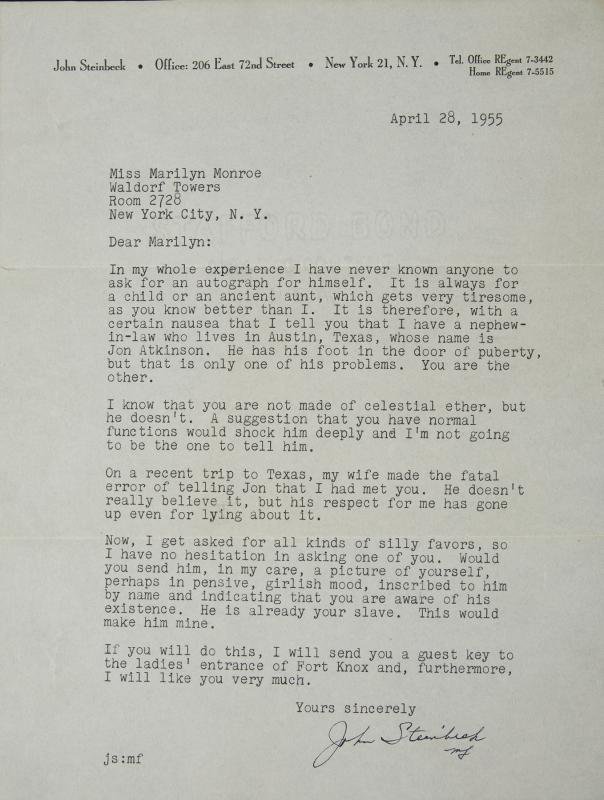
Who doesn’t love a good podcast? Don’t tell me you’ve never binged Serial or laughed out loud with Marc Maron. Over the last few years, podcasts have become a cultural phenomenon–they help us endure our daily commutes and then lull us back to sleep at night. Listening culture isn’t new, though–talk radio has been filling the silence with anecdotes, news, and drama since the early 1900s. The Goethe-Institut’s new radio and podcast series THE BIG POND. A US-German Listening Series is a perfect marriage of these two audible storytelling formats.
The Goethe-Institut, a German cultural center with its North American headquarters in Washington, has partnered with the Public Radio Exchange (PRX), the RIAS Berlin Kommission, KCRW Berlin, and other public radio stations and producers in Germany and the US to bring you THE BIG POND, a collection of 50 unique audio pieces released on a weekly basis. From pretzels and beer to the Berlin Wall, from motorcycles to recycling, THE BIG POND offers a fresh perspective on just how much these two countries share while celebrating podcasting, broadcasting, and “Wunderbar Together” – the German-American Year of Friendship.
Don’t worry, the radio features are all in English! Episodes are available for free via PRX, iTunes, Spotify, and THE BIG POND’s website as podcasts and for broadcast by public radio stations in the United States. This carefully curated library of audio productions covers all things German-American: German motorcycle tourists in Utah, a young German journalist’s mythical day with John Lennon, German-style apprenticeships in the US, an American opera singer’s life in Berlin, New York City beer gardens, and much more. THE BIG POND is home to features from up-and-coming producers as well as industry greats like Katie Davis, a contributor to NPR’s “All Things Considered” and “This American Life”, and the Kitchen Sisters (Davia Nelson and Nikki Silva), producers of the award-winning NPR series “Hidden Kitchens”.
“When an editor asks me to do a radio story, it usually comes with lots of directions,” said radio producer Katie Davis. “When the team at THE BIG POND talked to me about a story for this series, everything was wide open. No rules, requirements; just a wide open canvas with space for original stories.”
Provided with the necessary freedom to tell their transatlantic tales, THE BIG POND producers have developed pieces that resonate with audiences of all backgrounds on both sides of the big pond, conveying a balanced and modern image of Germany and the US. THE BIG POND isn’t a collection of puff pieces about Germany–it’s a well-researched narrative of German and American life and culture. Close cooperation with German and American journalists gives an authentic voice to Germany, the US, and their many subcultures while building up the transatlantic radio network.
Anyone interested in the series can download episodes free of charge for individual use or broadcasting at PRX, iTunes, Spotify, or by visiting THE BIG POND’s website. Check www.goethe.de/bigpond and the Goethe-Institut Washington’s social media channels for transcripts and behind-the-scenes content.
For the project’s press release and other press materials, please visit:
Savannah Beck is the Online Editor at the Goethe-Institut Washington.



